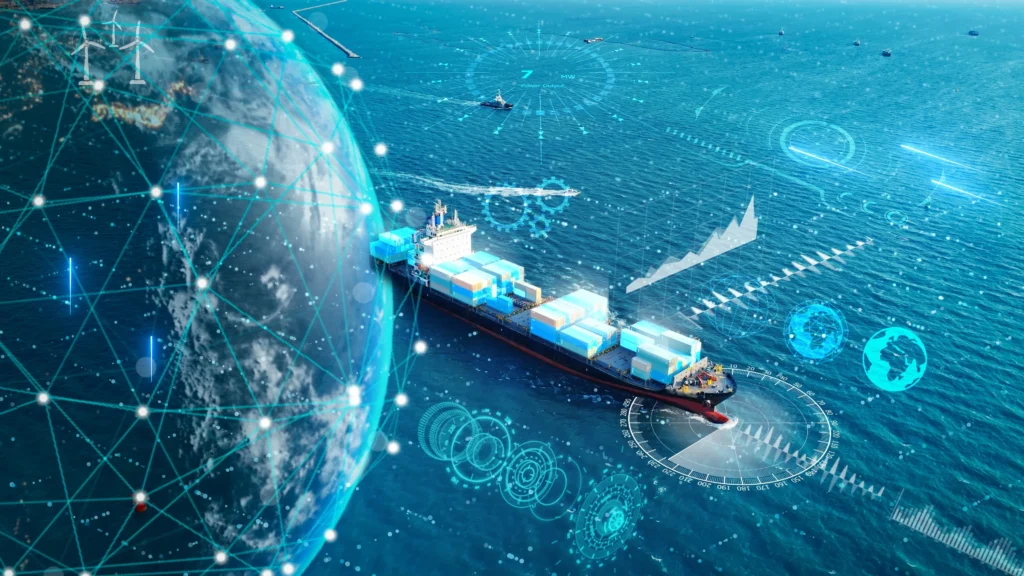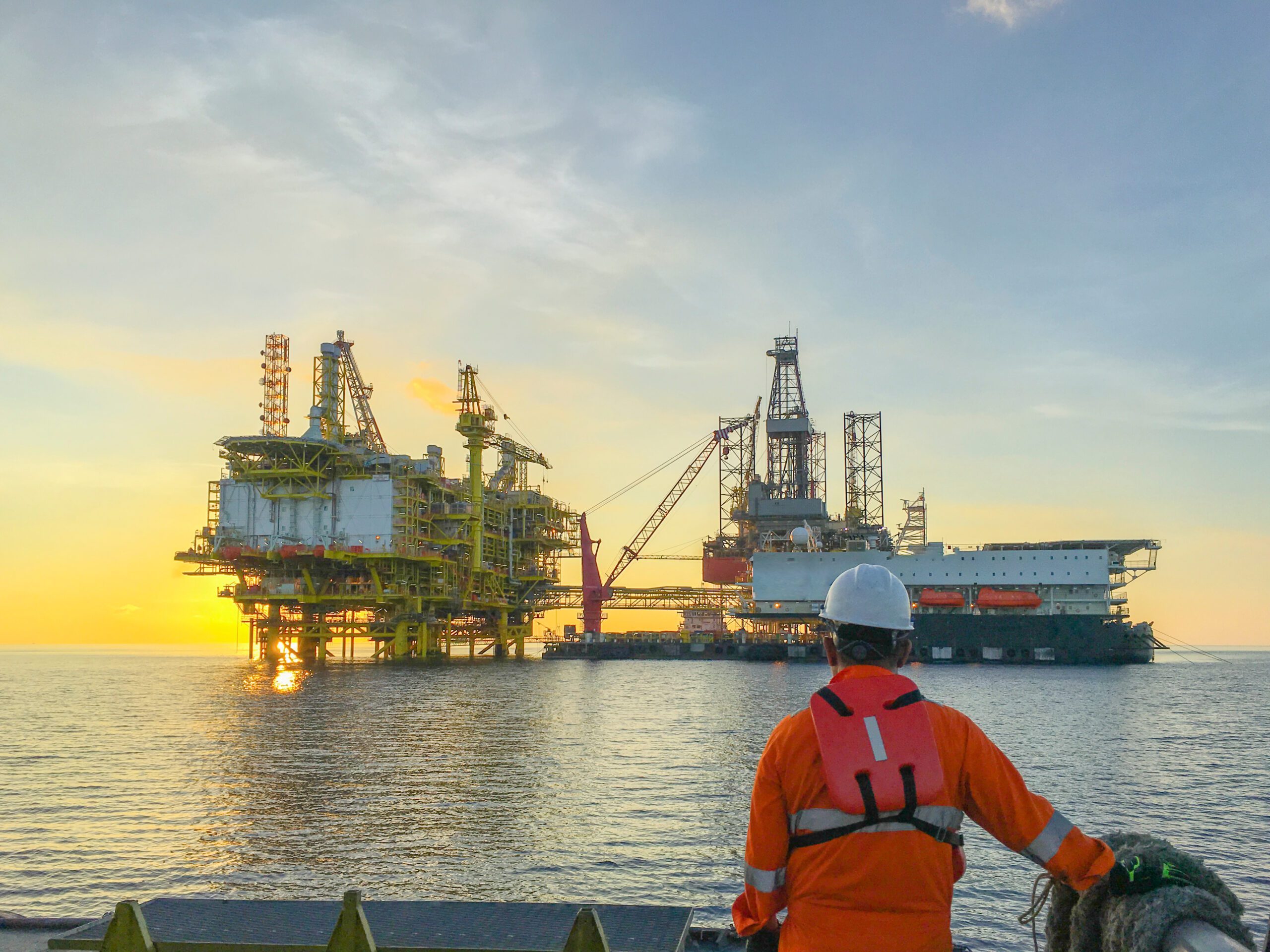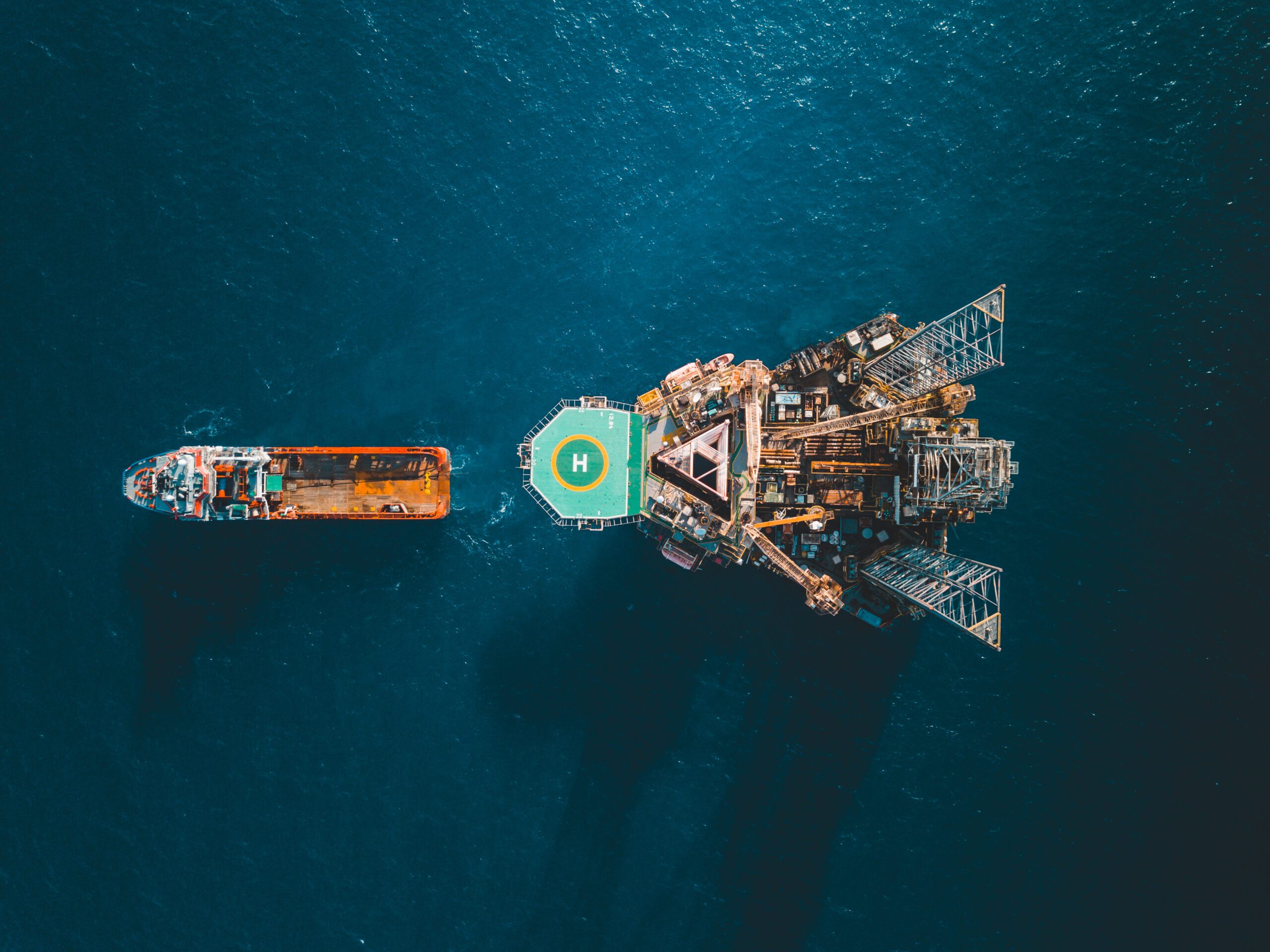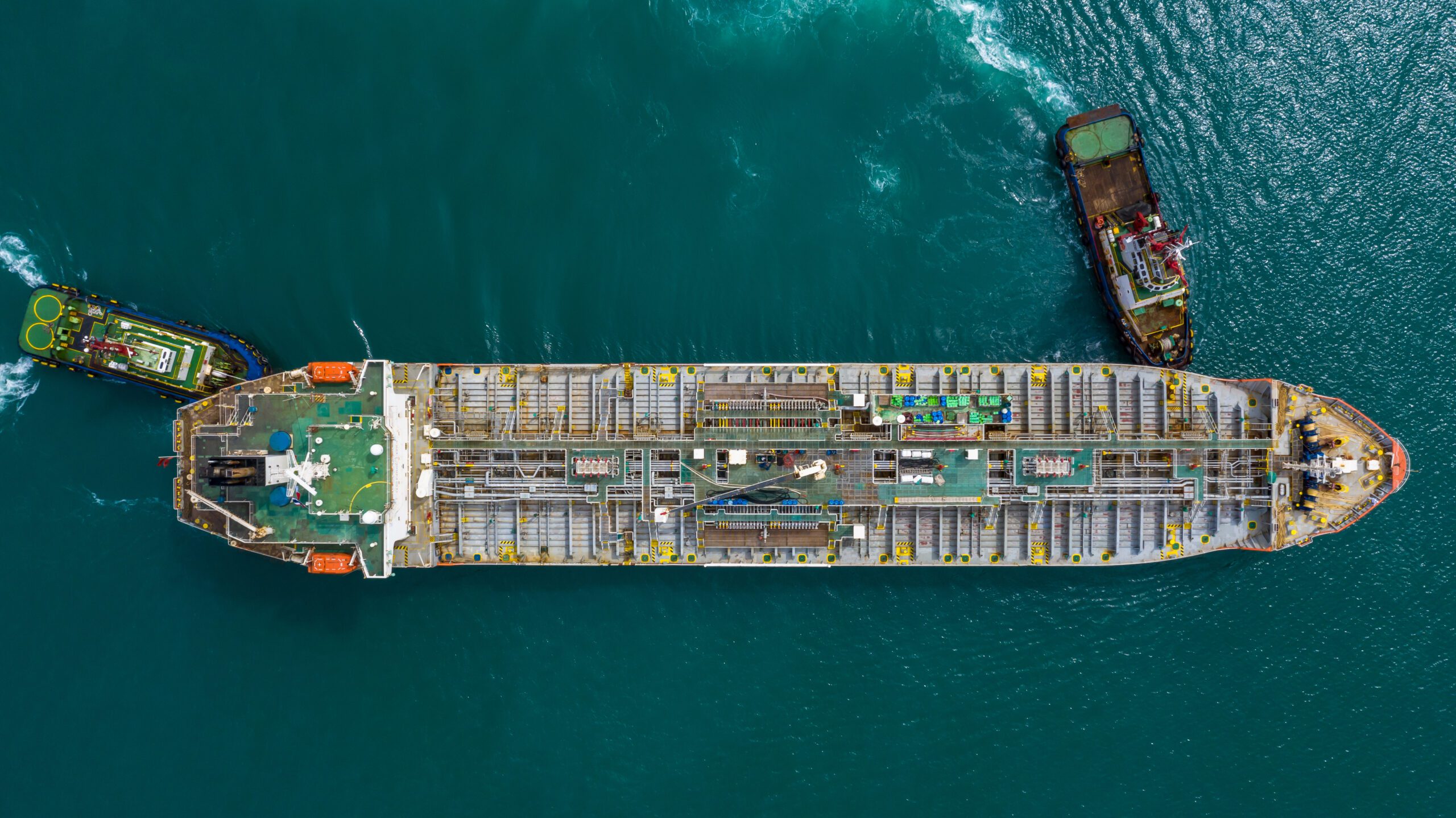The maritime industry is undergoing one of the most significant transformations in its history. Once driven by tradition and manual processes, today’s shipping sector is embracing digitalization as a key strategy to improve operations, compliance and efficiency. From IMO initiatives promoting standardized reporting to digital solutions that enhance fleet management, the push toward smarter, data-driven practices is reshaping global shipping.
At its core, maritime digitalization is about harnessing data and advanced technologies to support better decision-making, enhance safety, and streamline communication across ships, ports, and companies worldwide. As international trade grows and environmental challenges intensify, digital technology isn’t an option, it has become essential for maintaining competitiveness and ensuring sustainable growth.
The blog explores how digitalization is redefining the maritime industry, key opportunities and challenges it presents and the vital role that Mr. Marine plays in driving automation and digital solutions for modern vessels.
The Push for Maritime Digitalization
The IMO has been a central driver of maritime digitalization through regulations and initiatives designed to support the safe and sustainable development of global shipping. One example is the single window concept for facilitation of trade, which allows standardized electronic reporting between ships and ports. By simplifying communication through one platform, the organization enhances efficiency and reduces paperwork.
Digitalization also helps the industry meet growing demands for transparency and environmental accountability. Through improved data collection and report submissions, companies can better track emissions, monitor safety standards, and comply with international rules. This transformation reflects a broader global shift towards smart technologies that align operations with sustainability goals while strengthening competitiveness in a rapidly evolving market.
Benefits of Digitalization in the Maritime Industry
The move toward digital solutions delivers tangible benefits across the shipping industry. Digitalization improves efficiency, safety, and data-driven insights while also facilitating global trade.
Efficiency & Operations
The implementation of digital platforms streamlines repetitive manual tasks, significantly reducing administrative burdens and freeing up resources for more strategic work. This includes everything from digitalizing customs documentation and port logistics to automating vessel performance reporting. This shift improves operational workflows, making daily tasks more efficient and less prone to human error.
Safety & Predictive Maintenance
Smart monitoring systems and Internet of Things (IoT) sensors enhance ship performance tracking. These systems collect real-time data on engine health, hull stress, and other critical parameters. By using this data, companies can implement predictive maintenance schedules, minimizing the risk of breakdowns and accidents at sea. This proactive approach ensures vessels are always in optimal condition, leading to greater safety for crew and cargo.
Data Analysis & Fleet Management
By analyzing the vast amounts of operational data collected from sensors and systems, companies can gain actionable insights to improve fleet management. This data enables more accurate route planning, leading to optimized fuel use and reduced emissions. Advanced analytics can also identify trends in vessel performance, allowing managers to make informed decisions that enhance the overall profitability and sustainability of their fleet.
Navigation & Global Facilitation
Modern navigation systems, powered by real-time data and satellite technology, provide more accurate and reliable routing information. This helps ships avoid hazardous weather and navigate congested waterways more safely and efficiently. Additionally, the integration of single window systems across ports supports smoother trade operations, cutting delays and boosting overall supply chain reliability. This global facilitation makes international trade faster and more predictable for everyone involved.
Collectively, these advantages mark a profound transformation for the maritime sector. The adoption of digital technologies not only improves day-to-day operations but also positions the industry to embrace the future with stronger resilience and adaptability. By leveraging data, automation, and connectivity, shipping companies can navigate a complex global landscape more effectively, ensuring a sustainable, safe, and profitable future for the entire maritime supply chain. This digital shift isn’t just about incremental improvements; it’s about fundamentally redefining how the industry operates, preparing it for the challenges and opportunities of the 21st century.
Opportunities and Challenges of Maritime Digitalization
Like any major transformation, digitalization brings both opportunities and challenges.
Opportunities:
- The rise of digital platforms creates new avenues for business growth and innovation
- Enhanced creativity between ships and shore-based control centers enables real time operational decision making
- Predictive maintenance systems extend equipment life cycles, reducing cost and downtime
Challenges:
- Cybersecurity and risk management are critical, as greater connectivity can expose fleets to digital vulnerabilities
- Ensuring interoperability between different systems requires coordination across the international maritime community
- Smaller companies may face barriers due to costs or lack of expertise in adopting complex technologies
To fully realize the benefits of digitalization, the industry must balance these challenges with clear strategies, effective governance, and collaboration between business stakeholders and regulatory committees.
Key areas of Maritime Digitalization
Smart Fleet Management
Digital platforms enable real-time monitoring of ships, empowering fleet managers with data insights on performance, fuel consumption, and emissions. This supports not only cost reduction but also compliance with IMO environmental policy.
Predictive Maintenance
Using digital technologies, ships can transition from reactive repairs to predictive maintenance. Through sensor-based monitoring and advanced systems, operators receive early warnings of potential failures, helping extend equipment life and reduce operational disruptions.
Enhanced Safety and Reporting
Digitalization improves safety by automating the report process. Instead of manual entries, integrated systems generate accurate, real-time reports which are crucial for both fleet operators and international organizations like the IMO.
Port Operations and Facilitation
The single window approach streamlines communication between ships and ports, cutting inefficiencies in cargo handling and customs. By aligning with global standards, facilitation systems reduce bottlenecks and strengthen the resilience of supply chains
Looking Ahead: The Future of Maritime Digitalization
The path forward the maritime digitalization is one of continuous growth and adaptation. As technology evolves, new solutions will emerge to further enhance ship operations, support environmental goals, and improve global facilitation.
Future directions include:
- Big data integration for advanced insights into fleet operations and market trends
- AI-driven decision making for smarter management of complex systems
- Collaborative platforms connecting international organizations, regulators, and companies to align strategies and share best practices
- Improved connectivity enabling seamless communication between shore-based centres and vessels at sea
For forward thinking companies, these trends represent clean opportunities. By adopting digital technologies and forming strong strategies, stakeholders can position themselves at the forefront of the industry’s transformation.
The Maritime Digitalization is Now
The maritime industry is at a critical juncture. Digitalization is no longer a distant vision, it is a present reality driving efficiency, safety, and compliance in global shipping. Through smarter systems, enhanced facilitation, and improved management, the sector is embracing the future with confidence.
Yet the success of this journey depends on the collaboration of companies, regulators, and innovators. The role of these actors becomes increasingly vital. Together, through innovation and collaboration, the industry can unlock new opportunities, address emerging challenges, and chart a course towards a smarter, safer, and more sustainable future.
FAQ
How has the meaning of digital transformation evolved?
The concept of digital transformation has shifted from simply digitizing paper-based processes to a comprehensive strategic overhaul of an entire business model. Initially, digitalization was about using technology to make existing tasks more efficient, such as replacing paper logs with digital ones. Today, it involves leveraging data and advanced solutions to create new ways of working, from automated ship operations to data-driven decision-making for a global fleet. It’s no longer just an IT project but a core strategy for a future-proof maritime industry.
Why does digitization matter in maritime?
Digitization matters in the maritime industry because it addresses key challenges like inefficiency, safety, and environmental impact. By using modern technology, shipping companies can optimize their operations, leading to reduced fuel consumption, lower costs, and enhanced safety. Digital solutions enable real-time tracking, predictive maintenance, and data-driven route planning, which are all essential for a more sustainable and competitive industry.
What does digital transformation mean for large shipping companies?
For large shipping companies, digital transformation is about securing their market position and improving global competitiveness. It involves implementing sophisticated systems for fleet management, logistics, and supply chain visibility. This strategy allows them to gain competitive insights from vast amounts of data, streamline international facilitation through single window systems, and allocate resources more effectively. Ultimately, it’s about creating a smarter, more resilient business that can adapt quickly to changing market demands.
How is technology applied in maritime?
Technology is applied in the maritime sector through various solutions that improve every part of the business. This includes smart sensors on ships that collect performance data, advanced navigation systems that use real-time weather and traffic information, and integrated software platforms that manage port calls and customs documentation. The adoption of these technologies, often in line with IMO regulations and industry best practices, supports safer and more efficient operations and a more integrated global supply chain.
Why is IoT critical for maritime?
The Internet of Things (IoT) is critical for maritime because it provides the foundational layer for collecting and sharing real-time data. IoT sensors on a ship can monitor everything from engine temperature and fuel levels to container conditions and hull stress. This constant flow of data provides valuable insights that power predictive maintenance, optimize fleet management, and enhance overall safety. Without IoT, many of the advanced digital solutions and data-driven strategies that are transforming the industry would not be possible.
Mr. Marine – Your Global Partner
Our expert technicians are ready to help you with the service of the marine elevators, BWTS, and fixed & portable equipment on board. If you require testing, inspection, calibration or certification of your equipment, do not hesitate to contact our team. We will advise you on the most cost-efficient solutions to meet your unique needs and ensure your vessel stays safe and compliant anywhere in the world.







